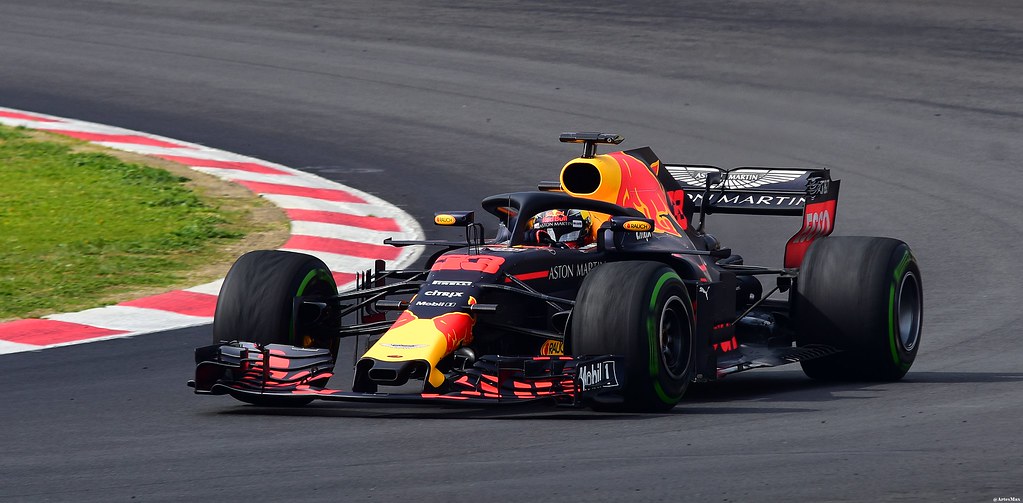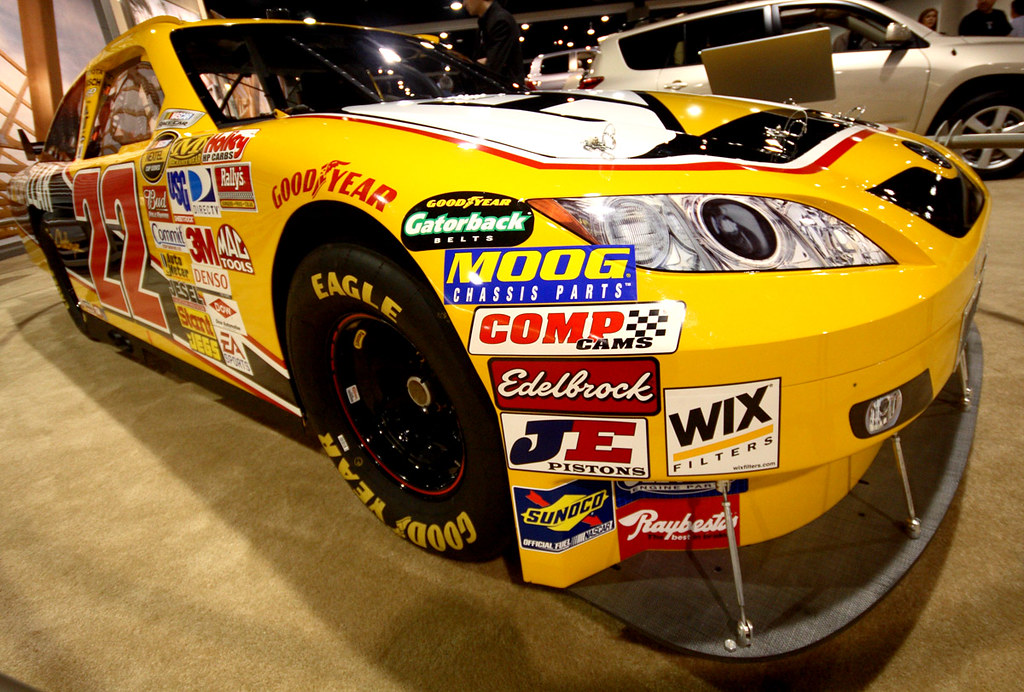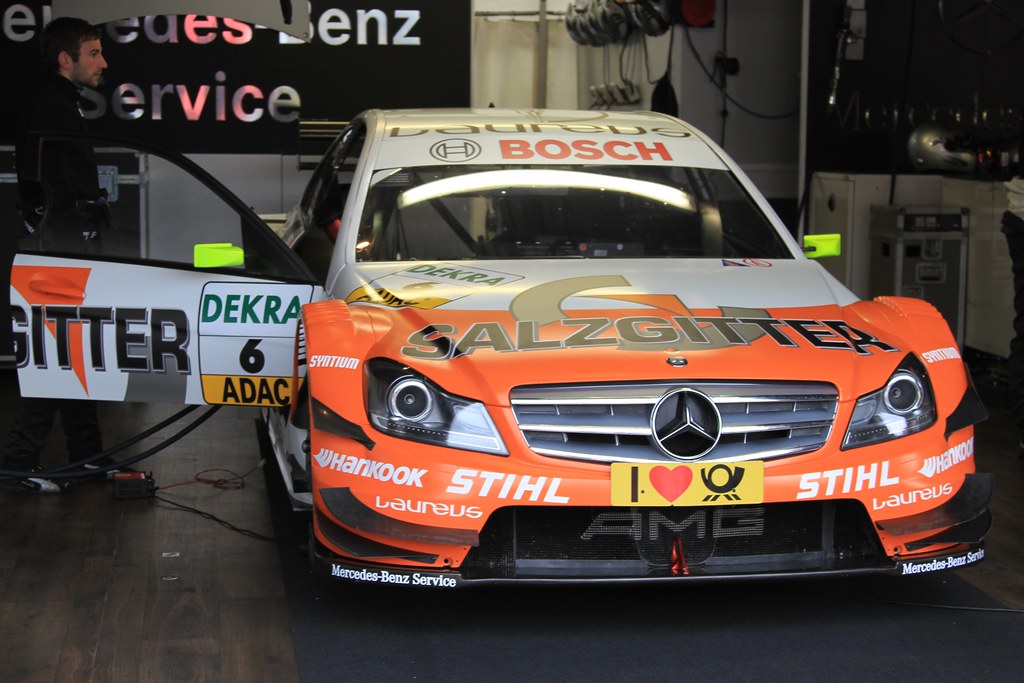How much does an F1 car weigh? NASCAR car? What about the average weight of a race car? Why are they so different? Why weight is so crucial for motorsport? Have you ever wondered if the poundage of a race car could be decisive when it comes to points? The crew can lose seconds on the lap and the coveted top spot because a car weighs an extra kilogram. Find out how heavy race cars are and why sports cars must always meet fitness standards.

Losing weight for racing cars is the hardest puzzle.
A usual person, you and I, need the right food and more exercise to lose weight. Such a trick only happens with the driver – during the race. He can lose 3-5 kg in each race, depending on the category and duration of the Grand Prix.
Depending on the fuel efficiency, the racing car also loses several kilograms due to fuel consumption, which weighs differently: 0.75 kg/liter is the average. However, the weights remain the same for the most part. Only new developments and details from cutting-edge technologies help the race car become a bit lighter, no matter how fast it drives.
Race engineers worldwide don’t sleep at night to solve the puzzle “How to keep all the necessary details together, but make the car a little lighter and a little lighter”?
Manufacturers are investing millions of dollars in developing lighter auto parts made from innovative materials. Carbon fiber parts cost ten times as much and are unavailable to every car owner.
The simple answer – is the weight of the carbon fiber. Thus, Formula 1 cars are made of carbon fiber. The material is solid and can aid in shock absorption during a crash. Being heat resistant, it provides the best requirements for the car’s safety.
But what is interesting is that most carbon fiber provides a similar level of strength to steel while being around five times lighter! Therefore, it may make up between 60-80% of the weight of an F1 car.
In motorsport, weight is more important than horsepower, which is still a disadvantage. Although there is an opinion that heavier cars are more sustainable in different weather conditions, such as rain, they are challenging to handle and not as nimble, but they gain stability.
Race car weight, the fit standards.
As you can see, car racing is a real physics puzzle.
You may be surprised, but all racing cars are fit beauties. The global standard in motorsport is 1500 kg.
Nowadays, Nascar IndyCar, DTM, and almost everywhere in Formula 1 try to keep the bar no more than 1000 kg. In comparison, the average weight of a horse is 500 kg.
All the different types of race cars are built for particular environments subject to a specific range of conditions. Every part and piece of tech in the car plays a role that contributes to drivers being in perfect harmony and balance with the car for optimum performance, with mass at the center of it all. But let’s talk about everything in order.
Open Wheels Race Cars
How much does an F1 car weigh?

In pursuing the best speed and the most aerodynamics, it needs to F1 car to weigh lighter. Think that, in the 1950s, the minimal weight of an F1 car in past was 320 kg, just like a horse weight! However, suiting the FIA regulations impacted the cars in Formula 1 too. They became heavier. Thus, until 2005, the weight of Formula 1 cars reached 595 kg. Since 2017, this mark was already 720 kg.
Thus, with the introduction of the V6 turbo hybrid, the minimum weight of the Formula 1 car increased sharply. In 2021, the weight of the F1 car was already 752 kg!
However, F1 cars 2023 is 798kg (1,759 lbs). It is 3kg up from the original limit of 795kg, which teams apparently struggle to meet. Remarkable, but even these 3 kgs make significant sense in terms of the speed of F1 cars, as a kilogram overweight may cost a F1 car to lose up to two seconds during a race!
F1 car and driver. Who is the heaviest Formula 1 driver?
Remarkably, all Formula 1 drivers have the same weight indicators. Most of them weigh 65-70 kg, and all are fit and strong. Meanwhile, the weight limit on the starting grid is 80 kg. Formula 1 World Champion Lewis Hamilton weighs 73 kg, while Nico Hülkenberg is the heaviest driver on the starting grid at an estimated 75 kg.
Formula E race car weight.
Compared to Formula 1, electric cars are slightly higher. Previously, these car’s weight required to be at least 903 kg. But the Gen3 Formula E car’s minimum weight is set at 840 kg.
Probably you will be surprised why such figures? The case is in the battery, which weighs the full 284 kg.


How much does an IndyCar weigh?
Compared to Formula 1, IndyCar engines must weigh at least 114 kg, which is three times lighter than Formula E cars’ batteries! The weight of an IndyCar race car should be at least 722 kg (1,590-1,630lbs). In general, it is almost safe to say that the IndyCar weighs less than a Formula 1 car.
Closed-Wheel Race Cars
How much does a NASCAR car weigh?
Here they are, the real heavyweights! Despite the fact that the weight rules for drivers here are the same as in Formula 1 – no more than 80 kg, the NASCAR cars here are really powerful.
For example, the NASCAR Rules Book assumes that Sprint Cup cars must weigh 1497 kg or 3300 pounds, which doesn’t include the weight of the driver or the fuel. However, a NASCAR car is almost twice as heavy as a Formula 1 car!

On ordinary roads, these cars will have their moments but ultimately won’t last as long as they should. A change of speed for an F1 car, which is built for acceleration, may cause accidents.
The weight of the DTM cars.
Upgrading through time, the cars in German Touring Car Masters or DTM cars have also become heavier. However, these cars are still can be described as the most skinny and lightest cars in the closed-wheel race, but that wouldn’t be true.

The pure weight of a DTM car without a driver is about 986kg.
If you add the weight of Lewis Hamilton for 73 kg, we get to 1059 kg, and it is still lighter than Nascar’s almost 1,500 kg. We have to say that such fitness is noticeable when a DTM car brakes or turns hard. The car is flying.
How much does Le Mans car weigh?
24 Hours Le Mans has been considered the most legendary race. Therefore, Le Mans cars here are also special, the speedy monsters that reach 339.1 kph! Imagine what a genius has worked well with these fastest cars! However, since 2021, the rules of this FIA-governed race changed, and the requirements to race cars have changed, too.
Thus, with a minimum engine weight of 165 kg (364 lb), the main league HYPERCAR (LMH and LDH) weighs 1 030 kg. It is the minimal required mass. While LMP2 cars’ minimum weight is 930kg.

How much does a rally car weigh?
The FIA World Rally Championship has its own rules, which also changed due to the new regulations of the introduced new Hybrid era.
Thus, revealed to the motorsport world, Hybrid Rally1 cars are becoming higher to 100 kg. Thus, the average weight of the WRC Rally1 car is 1300 kg.
You wonder, but the rally car is a few times lighter than its road version, as these also use carbon fiber and remove a lot of unnecessary components.

The reason for such mass is in the hybrid power. Thus, the current GR Yaris Hybrid Rally1 car weight 1,260 kg.
The top of race car weight- from Formula 1 to NASCAR
So here’s our conclusion, let’s find out the heaviest and lightest racing cars around the world!
- NASCAR race car- 1497 kg.
- WRC rally car – 1300 kg.
- Le Mans car- 1030 kg.
- DTM car – 986 kg.
- Formula E – 840 kg.
- Formula 1 car – 798 kg.
- IndyCar – 722 kg.

The street cars versus the race cars
Have you ever wondered why racing cars have a certain magic that everyone wants to try out behind the wheel and begin the adventure? The first case is the appearance. The second is the acceleration time, from 0 – 100 kph, and the third is the weight!
However, weight is still the decisive factor between win and lose in each racing series of the World Championship. That is the main point of the most successful and current Red Bull car designer, Adrian Newey. Betting on the best aerodynamic and lightweight, he has designed 13 winning cars.
However, the magical mixture of these characteristics makes racing cars an unforgettable adrenaline rush. Thus, the Land Rover Range Rover Evoque weighs 1850 kg depending on the configuration, the Ford Focus and Hyundai Veloster 1300 kg, and the Lamborghini Aventador 1600 kg. .

The new trend is for manufacturers to try to transfer the characteristics of their racing cars into mass production, such as the Hyundai Veloster. The car gets the racing characteristics but is still a road vehicle.
Streetcars are built in such a way that they are robust, durable, and still satisfy the daily user’s need for speed. This continuous quest for balance, both in racing and on the road, makes for a fascinating and eternally enjoyable experience for all of us. This is an important point. As long as everyone follows their own path of expertise, we will progress throughout the automotive world.


